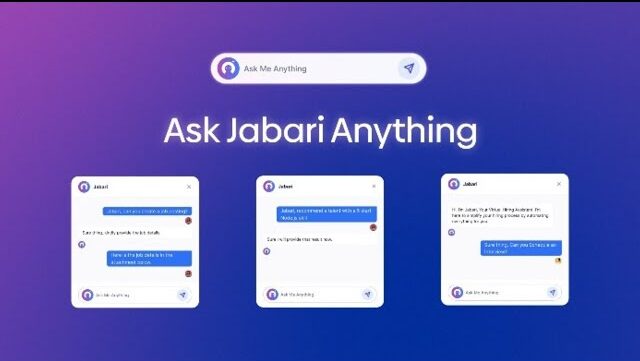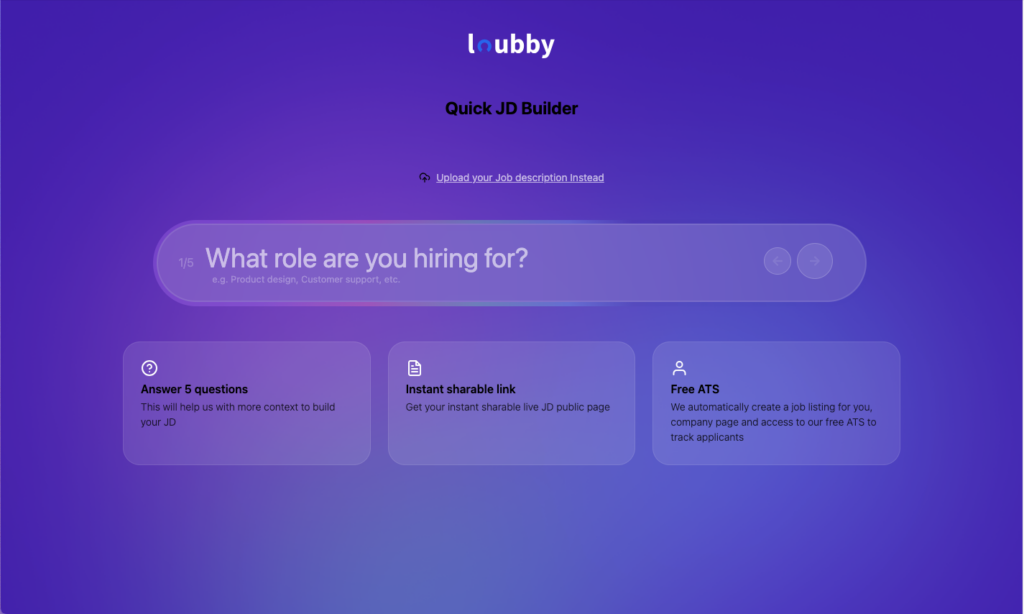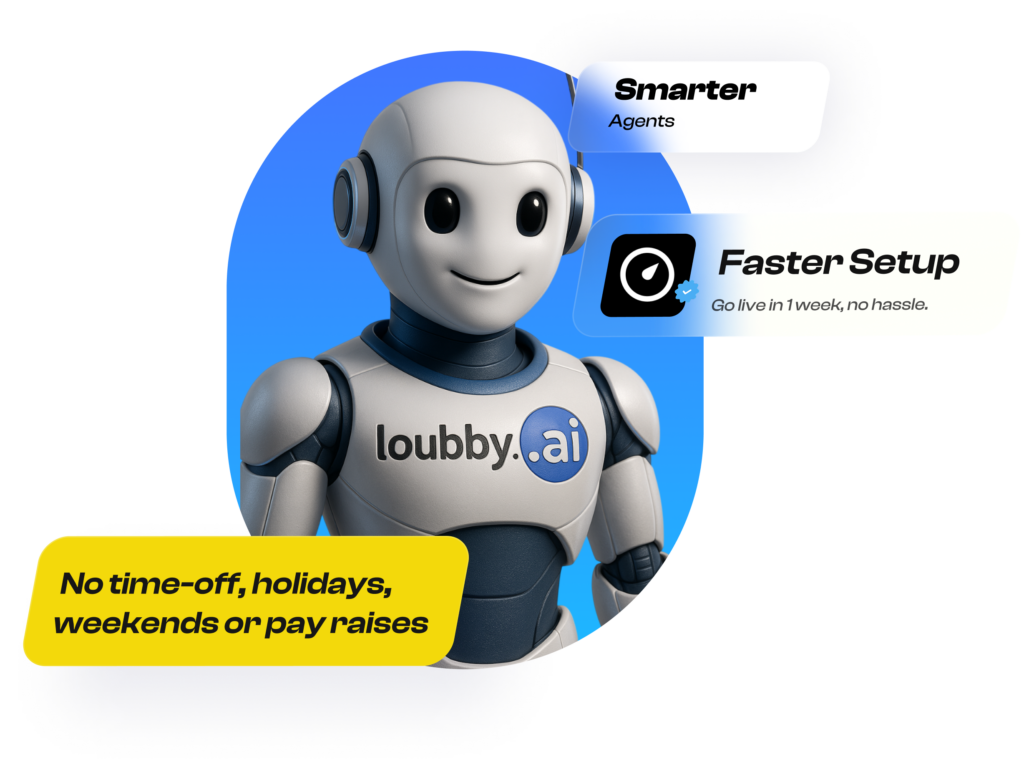For a long time, people saw time management tools as nothing more than digital timers used to track hours. The kind of software managers used to keep tabs on who was working, when, and for how long. But that thinking has gone old and stale. These days, organizations need more than just productivity logs. They are dealing with deeper issues like low engagement, unclear expectations, rising burnout, and employees quietly checking out. The pressure to produce results is high, but the tools used to track that output have often missed the mark.
Businesses are trying to figure out how to build teams that care about their work, not just complete it. And this is where time management tools are stepping into new roles. Modern systems are no longer just about clocking in and out. They offer real-time insights that help teams understand how time is spent, where energy goes, and what patterns lead to better outcomes. More importantly, they are promoting a culture of autonomy, where people can manage their workload with more control, not just report to a clock.
This article will explore how these tools have shifted from control devices to engagement drivers. It will break down how smart time tracking can improve trust between managers and teams, bring transparency into how work flows, and even improve motivation. If your company is looking to move past outdated performance metrics and into something that truly supports people, then this is the conversation to follow.
Rethinking Time Management: From Control to Culture
There is a clear difference between tracking time and understanding time. One is focused on control, the other is focused on insight. In many workplaces, time tracking has always felt like a monitoring tool. People log hours just to tick a box, not because it helps them improve. But time intelligence takes things a step further. It looks at how time is spent across tasks, teams, and projects in a way that brings meaning. This shift in mindset is where real progress starts.
Instead of treating time like a checklist, forward-thinking teams now use it to reflect on what is working, what is dragging, and where they need to make adjustments. With this approach, the tool is not just watching people. It is helping people work better, with more purpose and less stress.
Now let’s talk about trust. Many employees shy away from time tools because they believe it’s all about control. But that belief starts to change when they see how transparency works in their favour. When everyone has access to clear time data, there is less room for guesswork and more room for honest conversations. Managers stop micromanaging and start supporting. Team members stop hiding struggles and start speaking up early.
This kind of openness builds a work environment where people feel safe to be real. And once people feel safe, they engage better. They take ownership. They start to care about how their time contributes to the bigger picture.
Why Traditional Engagement Efforts Fall Short
A lot of companies rely on engagement surveys and reward programs to keep people motivated. The idea sounds good on paper. Ask people how they feel, then give a few shoutouts here and there. But if you look closely, these efforts often scratch the surface. They rarely go deep enough to solve the real problems teams face every day.
Most workers are not disengaged because they weren’t rewarded. They are tired because the tools they work with slow them down. They are frustrated because their workload is too much, and they don’t have the space or support to manage it properly. A recognition email does not cancel out three unfinished tasks hanging over someone’s head.
That is where time management tools can make a real difference. Not the basic type that only counts hours. The useful ones show what’s taking up people’s energy and which tasks are draining their focus. With the right information, managers stop guessing. They start adjusting workloads before burnout becomes a problem.
These tools bring visibility to how work is happening. They show where delays come from, where collaboration is breaking down, and how long tasks really take. More than that, they help people pace themselves better. Instead of packing each day until it bursts, employees can plan with more care. That kind of balance affects more than performance. It affects peace of mind.
Work will always have pressure. But when people feel supported, not squeezed, they give more without feeling used. Time tools, when used right, become the link between getting work done and staying mentally strong. They protect both output and people. And that is what most engagement strategies have been missing.
Success Metrics That Matter
Start with task completion rates. If people are finishing their work faster and with fewer errors, that’s a strong sign that they are not just active, but focused. When time management tools show that people are spending more time on actual tasks and less time switching between distractions, it often reflects in improved results. You begin to notice that deadlines are no longer dragging, and small delays are reduced.
Then there’s lower absenteeism. This one doesn’t always get attention, but it tells a lot. When people feel supported and their workload is balanced, they are more likely to show up consistently. Time tracking tools help spot patterns. If someone is regularly logging very long hours or skipping breaks, that might lead to burnout. But when breaks are respected and the workday is manageable, people stay healthier and take fewer unplanned days off. That’s real progress.
Meeting fatigue is another silent productivity killer. Too many meetings can drain energy and break concentration. By reviewing time tracking data, it becomes clear how much of the day is being spent in meetings. When that data is used to cut down unnecessary check-ins, people get more time for deep work. Over time, that improves both output and morale.
What ties all these points together is the data itself. When properly looked at, it shows patterns that aren’t always visible on the surface. For example, if people are productive during a particular window, that insight can help reshape team schedules. If one department is struggling with task completion, maybe they’re spending too much time in meetings or working on too many things at once. These are not assumptions—they’re things you can see from the numbers.
So, rather than relying on just surveys or feedback forms, focus on how people work. The truth is often in the habits, not the words. And time tracking, when used well, helps uncover those habits.
How Managers Can Use Time Data to Build Engagement
One of the easiest ways to lose good people is by ignoring the signs of burnout. Time management tools can show those early signs, and when managers pay attention, it becomes easier to take action before things get out of hand.
Let’s say a team member consistently logs longer hours than usual. Maybe they’ve been working late for three days in a row. That’s not something to brush off. Rather than waiting for the person to speak up or reach a breaking point, a good manager should bring it up. A simple conversation like, “I noticed you worked late a few times this week. How are you feeling about everything on your plate?” can open the door. That one line shows that someone is paying attention and cares.
These conversations create space for honesty. Sometimes the person might just say they’re catching up. Other times, they might be drowning in too many tasks and unsure how to ask for help. Either way, you’ve given them a chance to be heard.
Leading with empathy means looking at real numbers and asking real questions. When a manager knows a team member usually logs around seven hours a day but suddenly jumps to ten, it’s a clear signal that something has changed. It could be deadlines, team reshuffles, or even personal stress creeping into work hours. Having that information helps the manager step in early rather than wait until it becomes a problem.
There’s also the matter of fairness. Time data can reveal if one person is carrying more weight than the rest of the team. That kind of imbalance creates quiet resentment. Addressing it early protects morale and keeps things even. The goal is not to monitor people like a hawk but to notice patterns that affect their experience at work.
Good managers use these insights to shape workloads, shift deadlines if needed, or even bring in extra hands temporarily. It helps the whole team breathe better.
At the end of the day, people want to know someone sees their effort.
Conclusion
Time tracking is about gaining clarity. When used effectively, it provides insights that help employees feel valued, balanced, and motivated to give their best. It’s about creating an environment where everyone knows their effort is seen and their time respected.
If you’re looking to improve your team’s engagement and get a better understanding of how time insights can make a difference, it’s time to take the next step. Book a demo with Loubby AI today.







